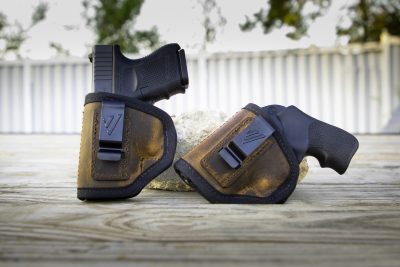Maintaining the aesthetics of your vehicle is crucial for preserving its value and visual appeal. However, dents and dings are inevitable, whether from parking mishaps, hailstorms, or minor accidents. Fortunately, dent pullers offer a convenient and efficient solution for restoring your vehicle’s exterior without breaking the bank.
Understanding Dent Pullers
What are Dent Pullers?
Dent pullers, also known as dent removal tools or dent repair kits, are devices designed to remove dents from vehicle surfaces without the need for costly professional repairs. These tools come in various forms, including suction cups, slide hammers, and glue pullers.
Types of Dent Pullers
- Suction Cup Dent Pullers: Ideal for small, shallow dents and easy to use.
- Slide Hammer Dent Pullers: Suitable for larger dents and provide more pulling force.
- Glue Pullers: Utilize adhesive tabs and a pulling mechanism to remove dents gently.
How do Dent Pullers Work?
Dent pullers work by creating a strong pulling force on the dent, gradually restoring the affected area to its original shape. Suction cup and glue pullers rely on suction or adhesive to grip the surface, while slide hammer pullers use a sliding motion to exert force on the dent.
Related: Steering Through Time: The Evolution of Automotive Body Repair
Benefits of Using Dent Pullers
Dent pullers offer several advantages over traditional dent repair methods:
Cost-effectiveness
Compared to professional dent repair services, dent pullers are significantly more affordable, making them an economical choice for minor dent removal.
Time-saving
With a dent puller kit, you can remove dents at your convenience without scheduling appointments or waiting for repairs, saving you valuable time.
Preserving Vehicle Aesthetics
By effectively removing dents without damaging the paint or requiring extensive bodywork, dent pullers help maintain your vehicle’s pristine appearance.
How to Choose the Right Dent Puller
When selecting a dent puller, consider the following factors:
- Type and severity of the dent
- Compatibility with your vehicle’s surface
- Quality and durability of the tool
Top features to look for include adjustable pulling mechanisms, ergonomic handles, and interchangeable pulling attachments.
Using a Dent Puller: Step-by-Step Guide
1. Preparing the Surface
Clean the affected area thoroughly to remove dirt and debris, ensuring proper adhesion for the dent puller.
2. Applying the Dent Puller
Attach the dent puller to the center of the dent, ensuring a tight seal or grip on the surface.
3. Removing the Dent
Slowly apply pressure or force using the dent puller, gradually pulling the dent outward until it pops back into place.
4. Finishing Touches
Inspect the repaired area for any remaining imperfections and make any necessary adjustments for a seamless finish.
Tips for Effective Dent Pulling
- Different types of dents may require varying techniques and pulling methods.
- Always follow safety precautions, including wearing protective gear and working in a well-ventilated area.
- After removing the dent, use touch-up paint or clear coat to protect the repaired area from corrosion.
Alternative Methods for Dent Repair
While dent pullers are effective for many types of dents, alternative methods include professional dent removal services and DIY techniques such as hot glue pulling or dry ice dent removal.
Related: Trends and Technologies to Watch in Truck Repair
Case Studies: Successful Dent Pulling
Explore real-life examples of dent repair using dent pullers, showcasing the versatility and effectiveness of these tools in restoring vehicle aesthetics.
Common Mistakes to Avoid
Avoid these common pitfalls when using dent pullers:
- Underestimating the severity of the dent, leading to incomplete repairs.
- Using the wrong tool or technique for the specific type of dent.
- Failing to follow proper post-repair care instructions, risking damage to the repaired area.
FAQs about Dent Pullers
- What types of dents can a dent puller fix?
Dent pullers are suitable for repairing minor to moderate dents, including those caused by hail, parking lot mishaps, and door dings.
- Can anyone use a dent puller?
While dent pullers are designed for DIY use, some skill and patience are required to achieve optimal results.
- How long does it take to remove a dent using a puller?
The time required depends on the size and severity of the dent, but most repairs can be completed within an hour or less.
- Can dent pullers damage the vehicle’s paint?
When used correctly, dent pullers should not damage the paint. However, improper technique or excessive force can cause paint chipping or cracking.
- Are dent pullers cost-effective compared to professional repair services?
Yes, dent pullers are a cost-effective alternative to professional dent repair services, especially for minor dents and cosmetic damage.
Conclusion
Dent pullers offer a convenient and budget-friendly solution for preserving your vehicle’s aesthetics by effectively removing dents and dings. With the right tools and techniques, you can restore your vehicle’s exterior to its original condition without the need for expensive professional repairs.








